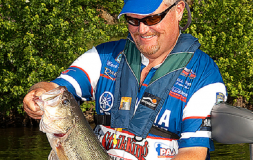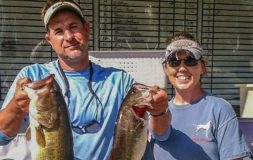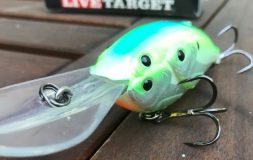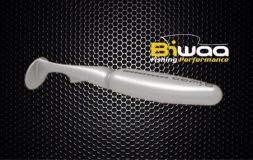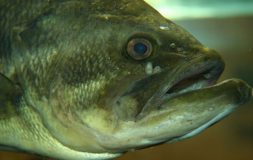Basics of casting a fly rod
Written by Colton Orbaker
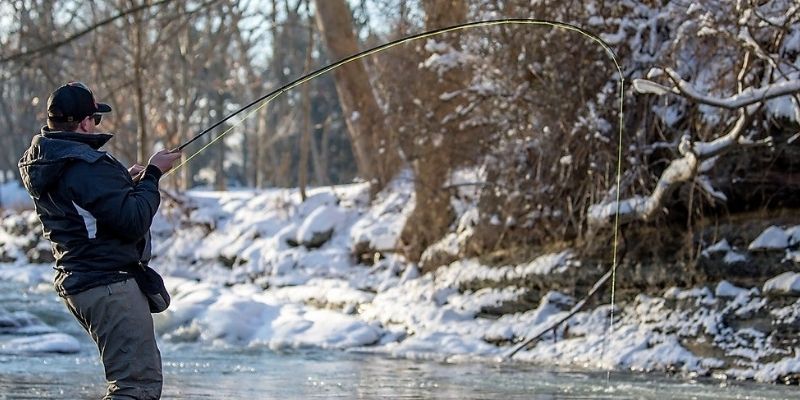
Casting a fly rod may be the single most off-putting factor preventing new anglers from starting. The technique appears difficult, but in reality is very simple. The casts covered in this text are basic techniques that when mastered, may be expanded upon in other more intricate techniques.
Overhead Cast
The overhead cast is a versatile cast that is the foundation for many other casting techniques. The overhead cast is also one of the most efficient ways to deliver delicate dry flies for new anglers. The technique may be broken down into steps as follows:
- The desired length of line is straight out in front of you in the water. You begin by lifting the rod gently in the air until just the end of your leader and fly are holding tension to the water.
- This has been executed in a pace that has put a slight bend in your rod, and with a slight plucking feel, the stored energy in your rod delivers your fly line, leader, and fly behind you until it begins to reload your fly rod again behind you.
- Your eyes follow the line and you feel the rod reload again until it loads no more. You notice the line, leader, and fly straightened out (due to the flick initiated rearward at the start of the cast) and you begin to deliver your wrist forward deriving from your anchored and immobile elbow.
- Your wrist is locked and creating a 45 degree “V” where the fulcrum is your elbow. When your rod and reel pass by your head, you abruptly stop your rod at eye level, and the flick caused by this pause delivers the energy necessary to unfold the line, leader, and fly forward until they straighten in front of you.
- You follow the line downward with your rod tip, and make modifications or mends to the line as needed.
The best advice I can give to mastering the basic overhead cast, is to be patient and slow your timing. Watching your line both forward and backward helps understand the feel of loading the rod and how it feels when the cast goes according to plan. To better feel the rod load, I suggest overlining your rod by one line size (6wt line on a 5wt rod).
Roll Cast
The roll cast is one of the best casts for anglers backed into tight spaces on small waters with no room to make a back cast. The roll cast is waterborne, unlike the overhead cast which derives its potential energy from loading the rod in the air. To perform the roll cast, follow these simple steps:
- The desired length of line is straight out in front of you in the water. You begin by lifting the rod gently in the air, past your ear. The rod tip is pointed slightly to the side. This creates a “D” with your line draping behind you coming forward. The remaining line runs forward towards your target, and maintains surface tension.
- With a normal forward casting motion, you create a straight line from your back position, past your ear, and stopping swiftly at eye level. This sudden stop transfers the energy stored by the water tension bend, and the line will roll out in front of you (in a rather beautiful fashion).
These casts are two unique and useful casts that will allow even beginning fly anglers the ability to fish in most waters. By mastering these techniques first, fly fishers will then build upon these skills and develop their own style to incorporate more advanced casting strokes.





